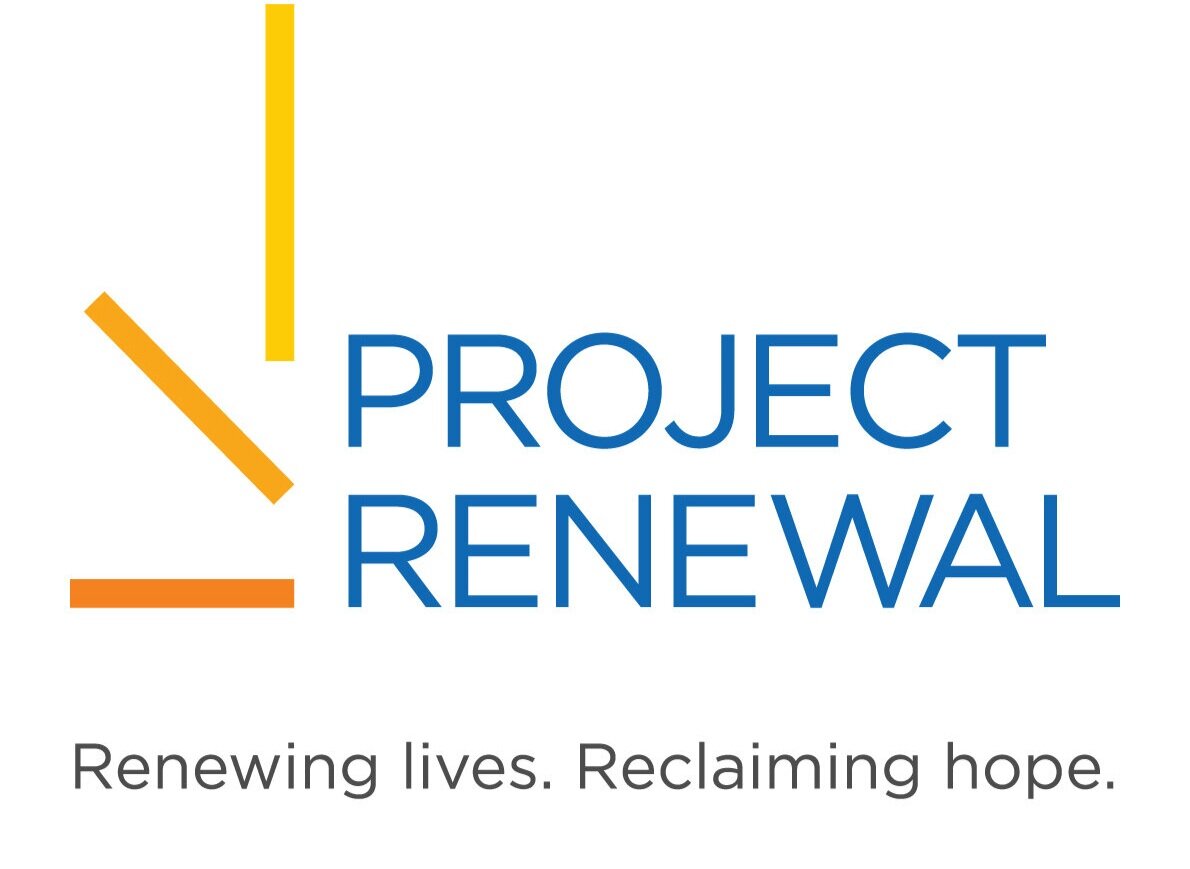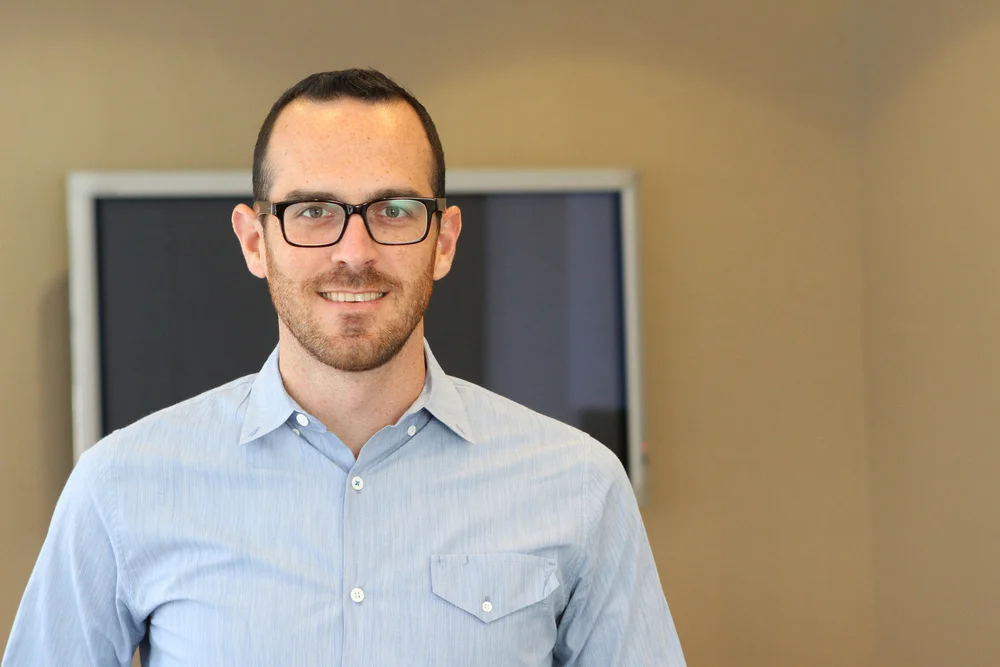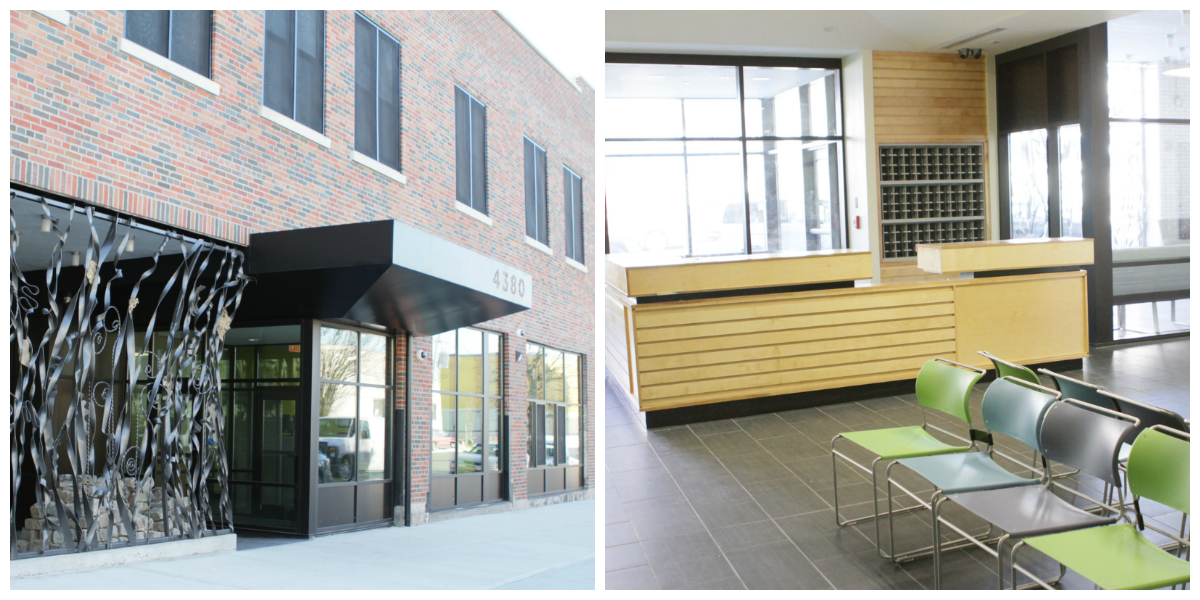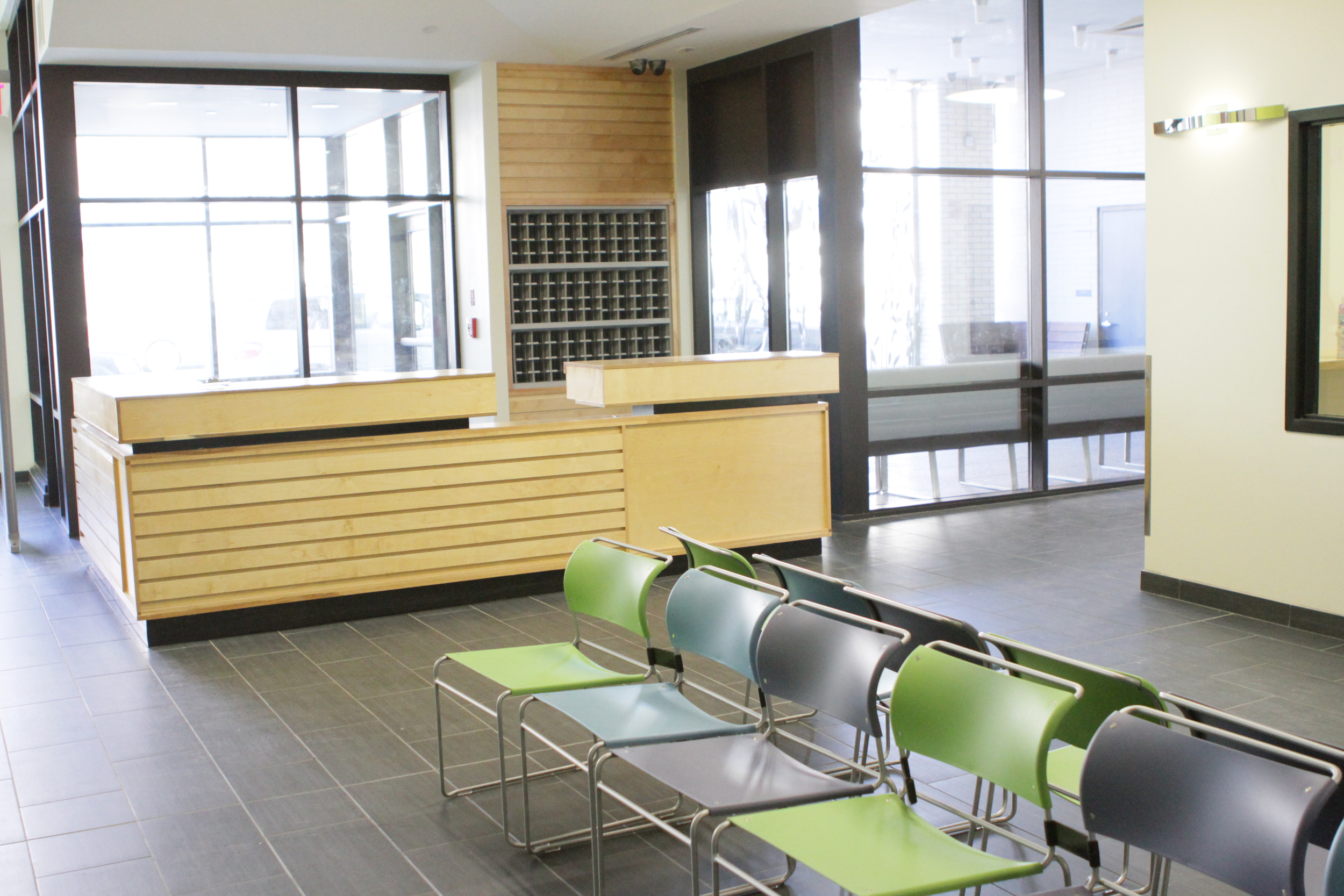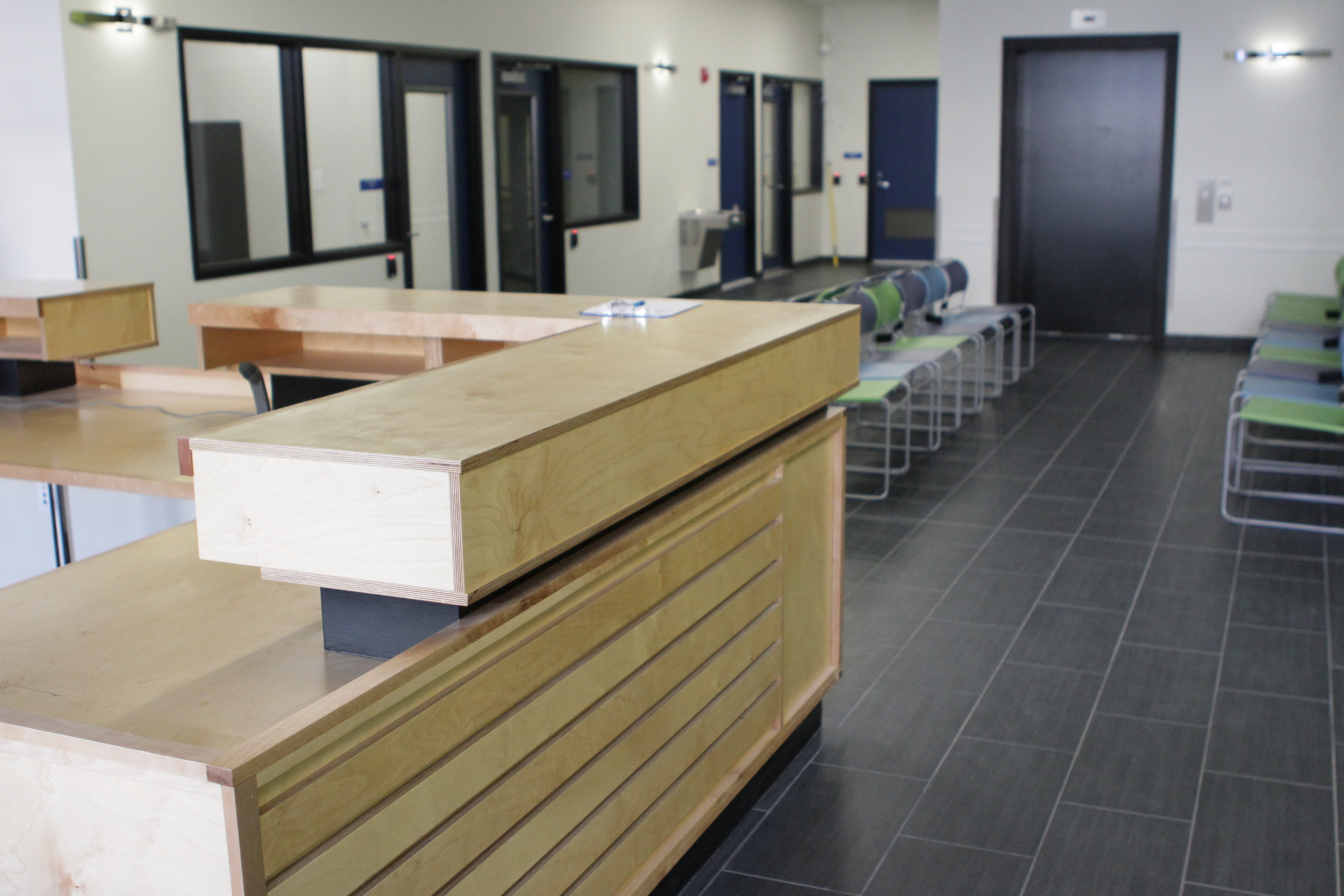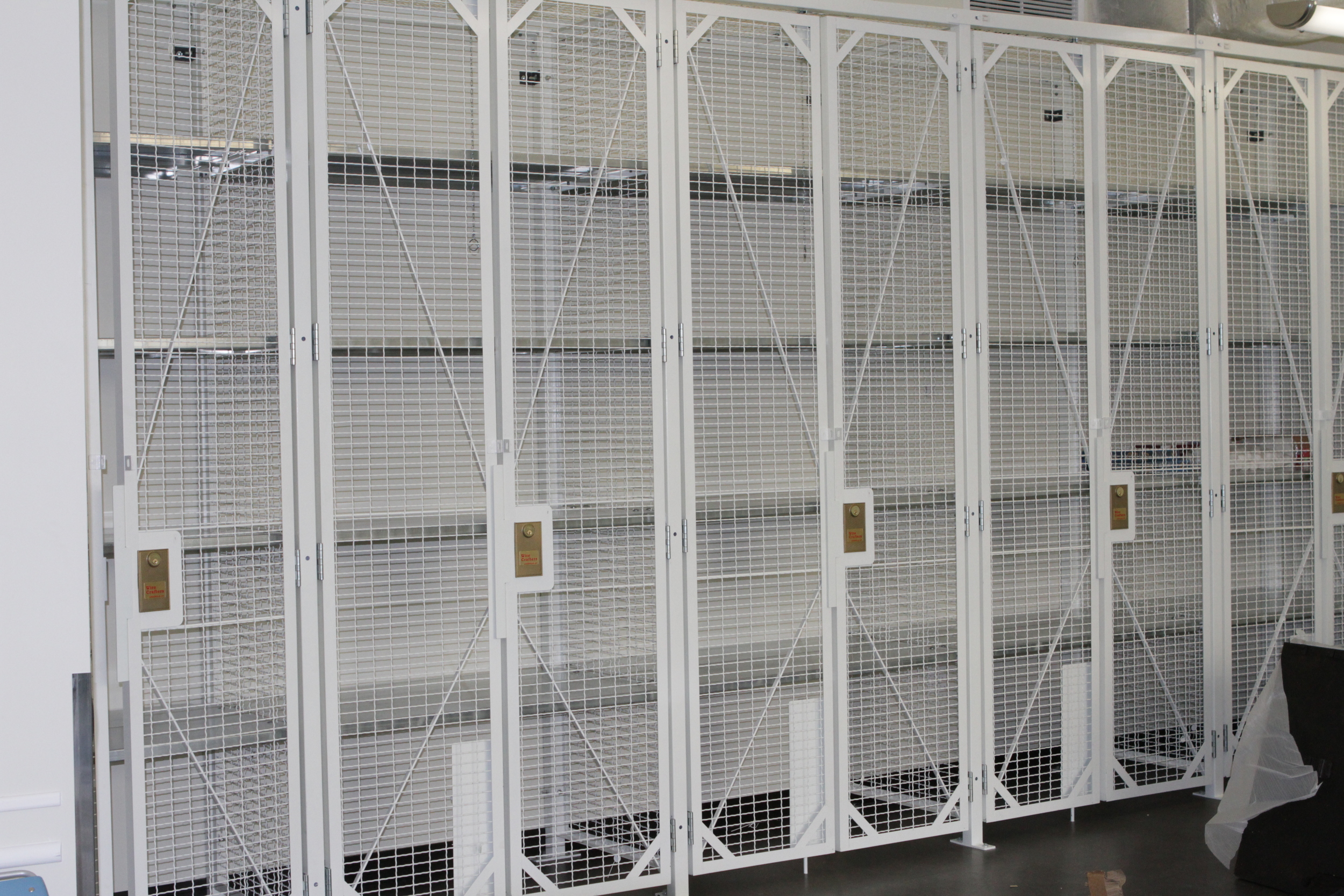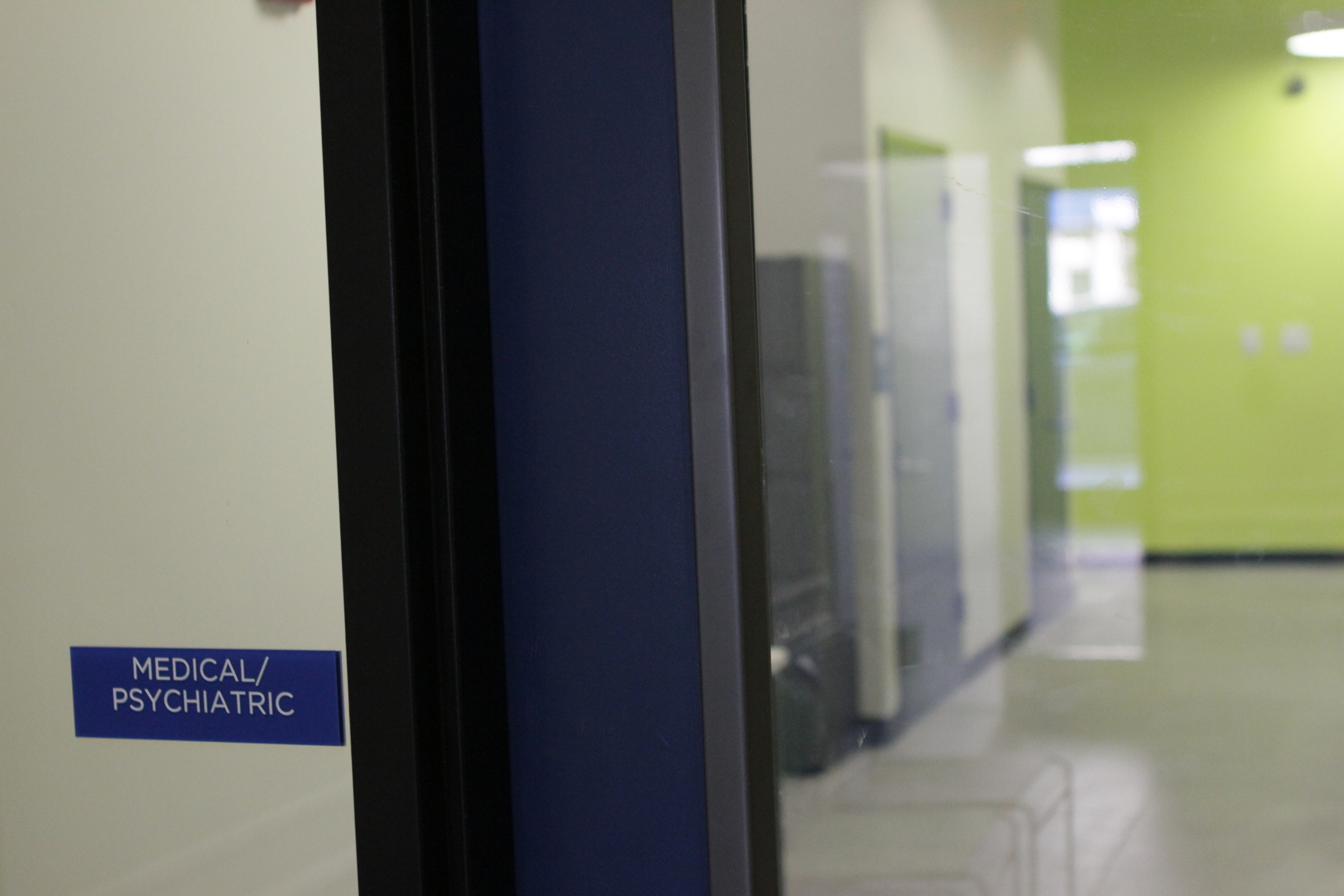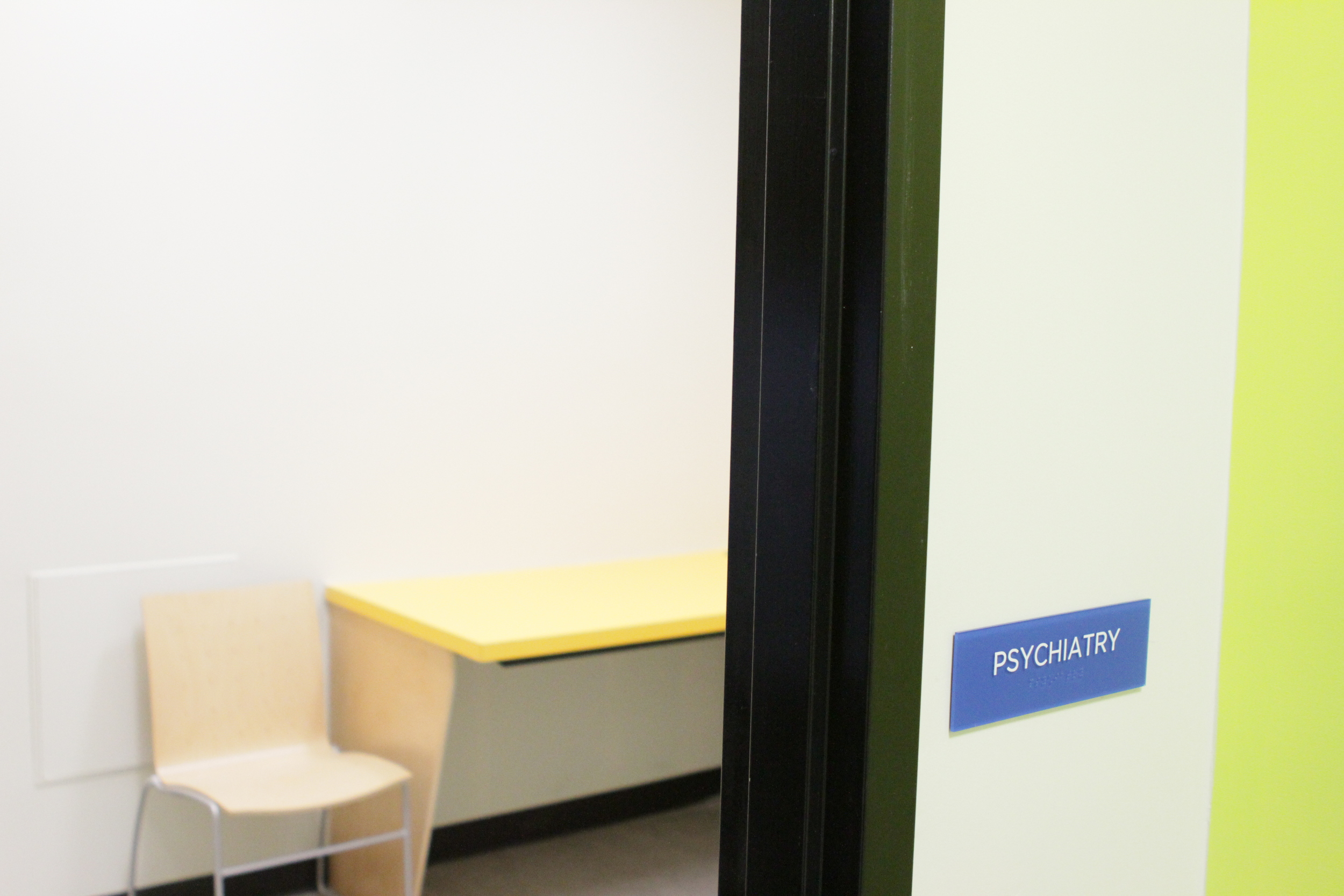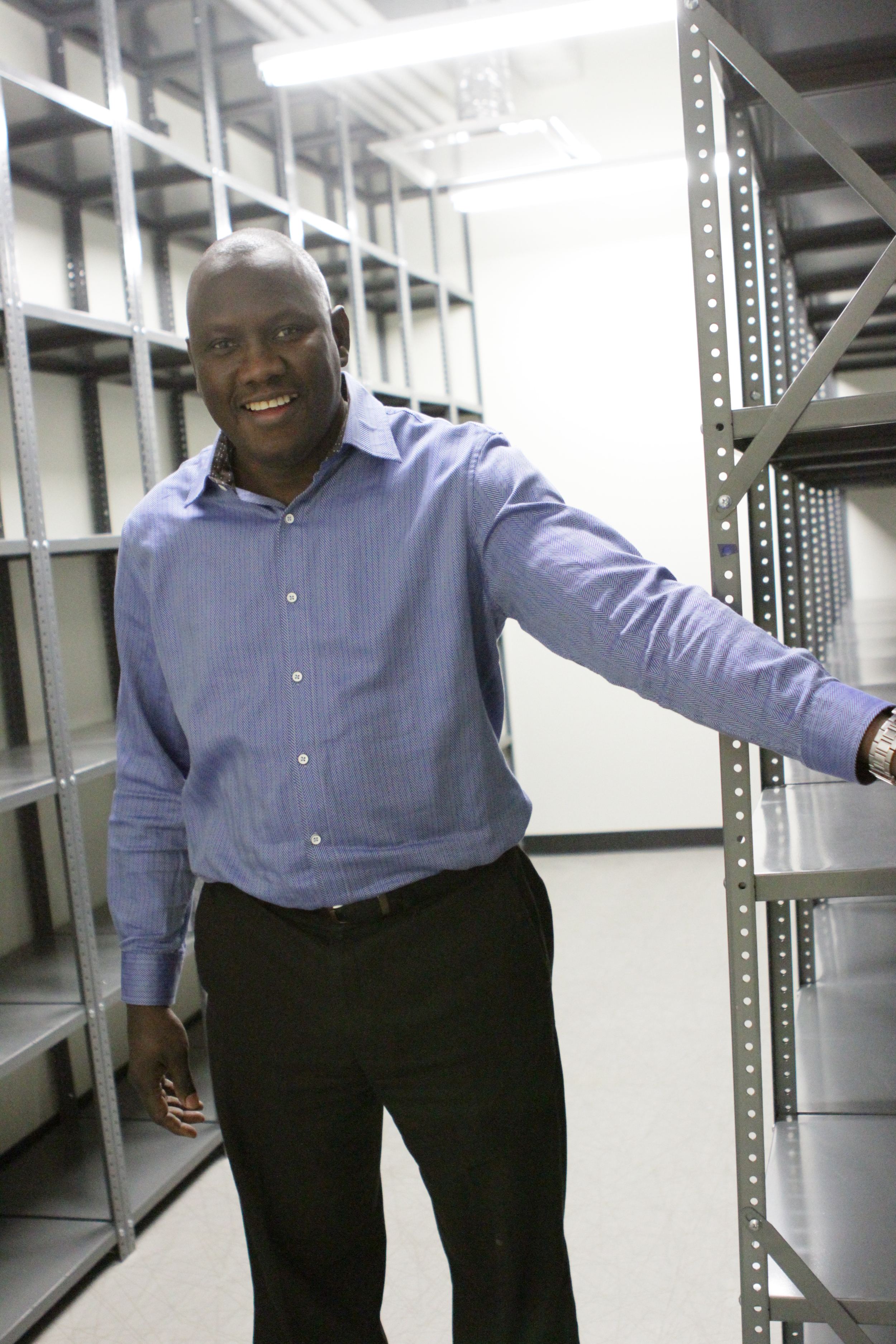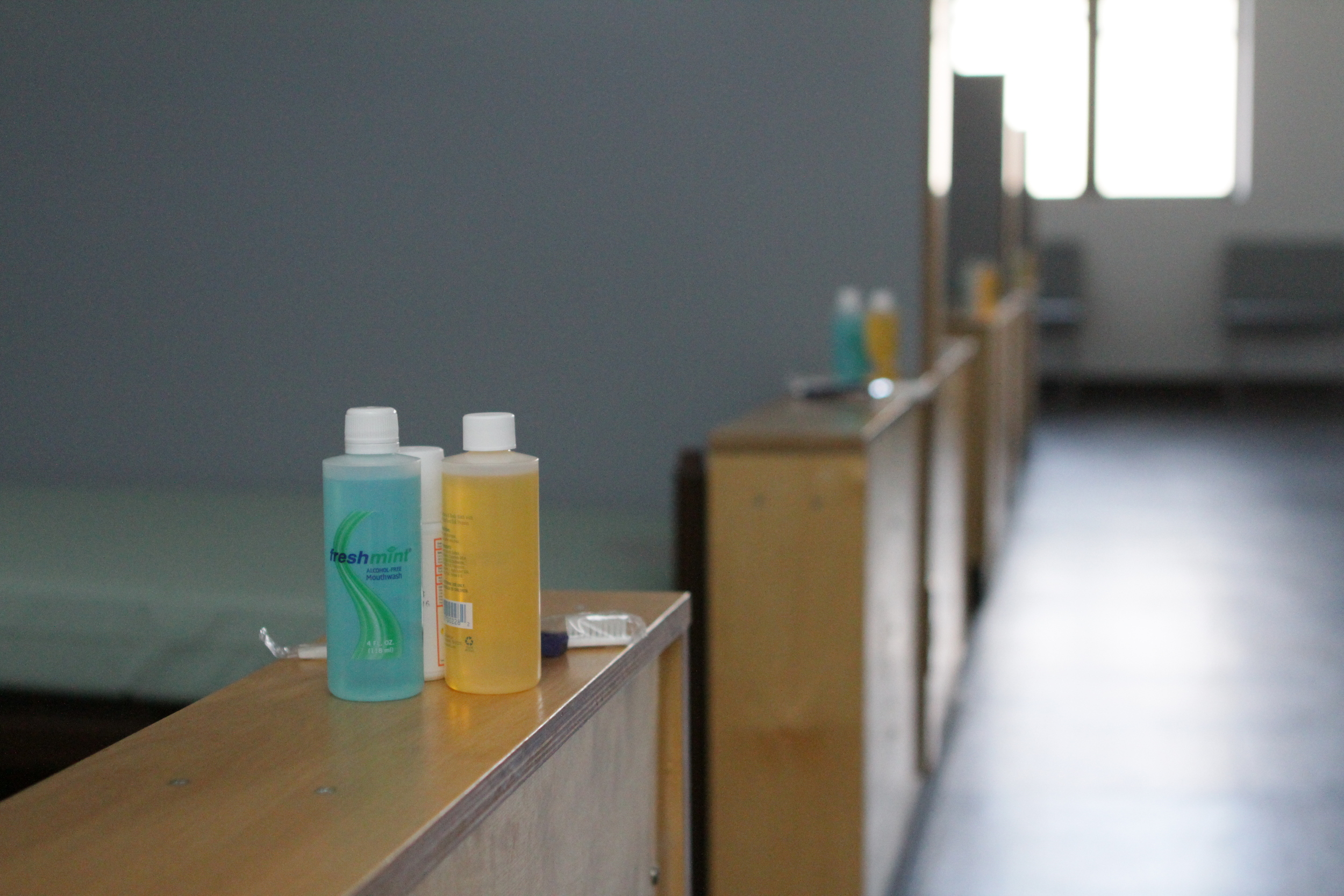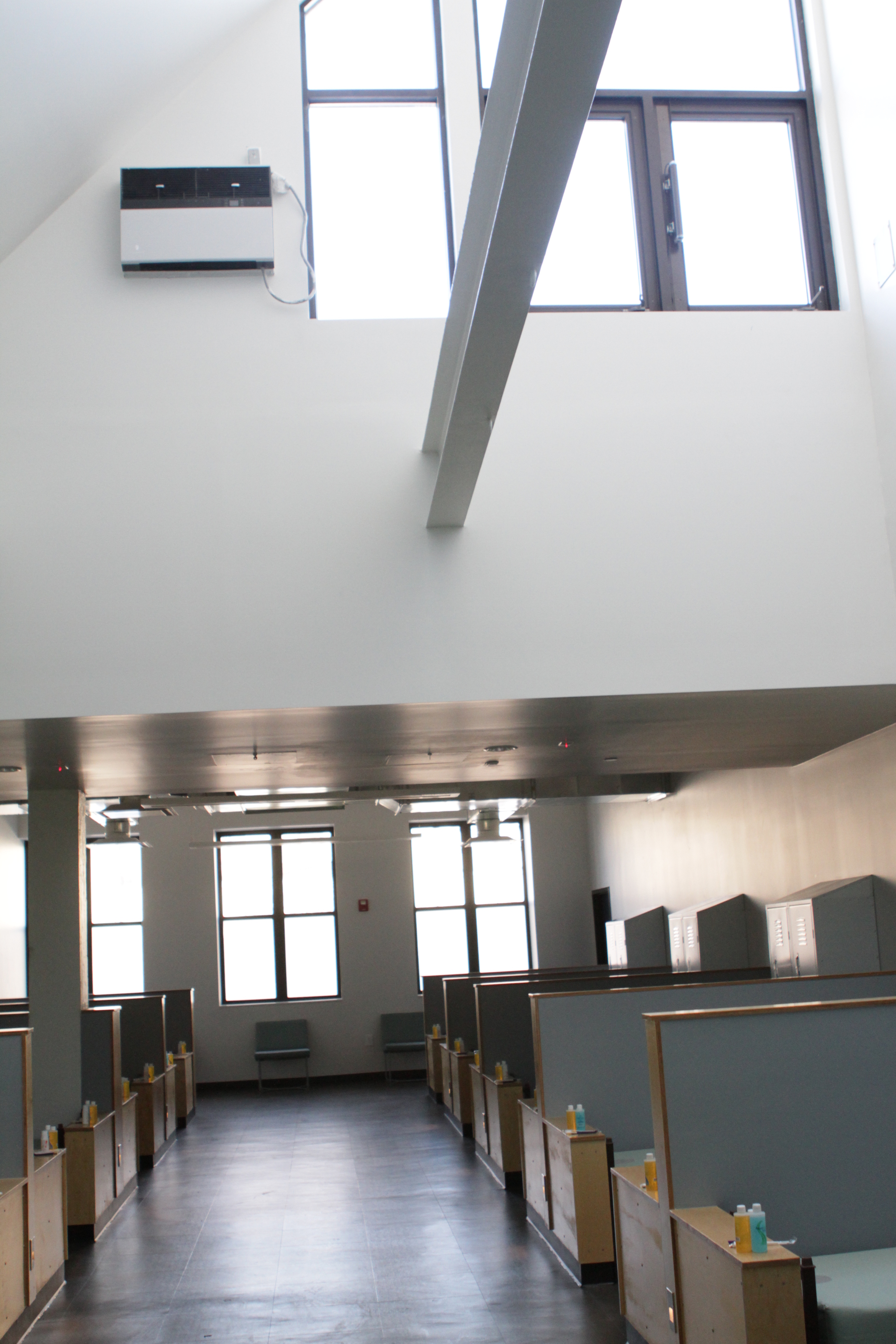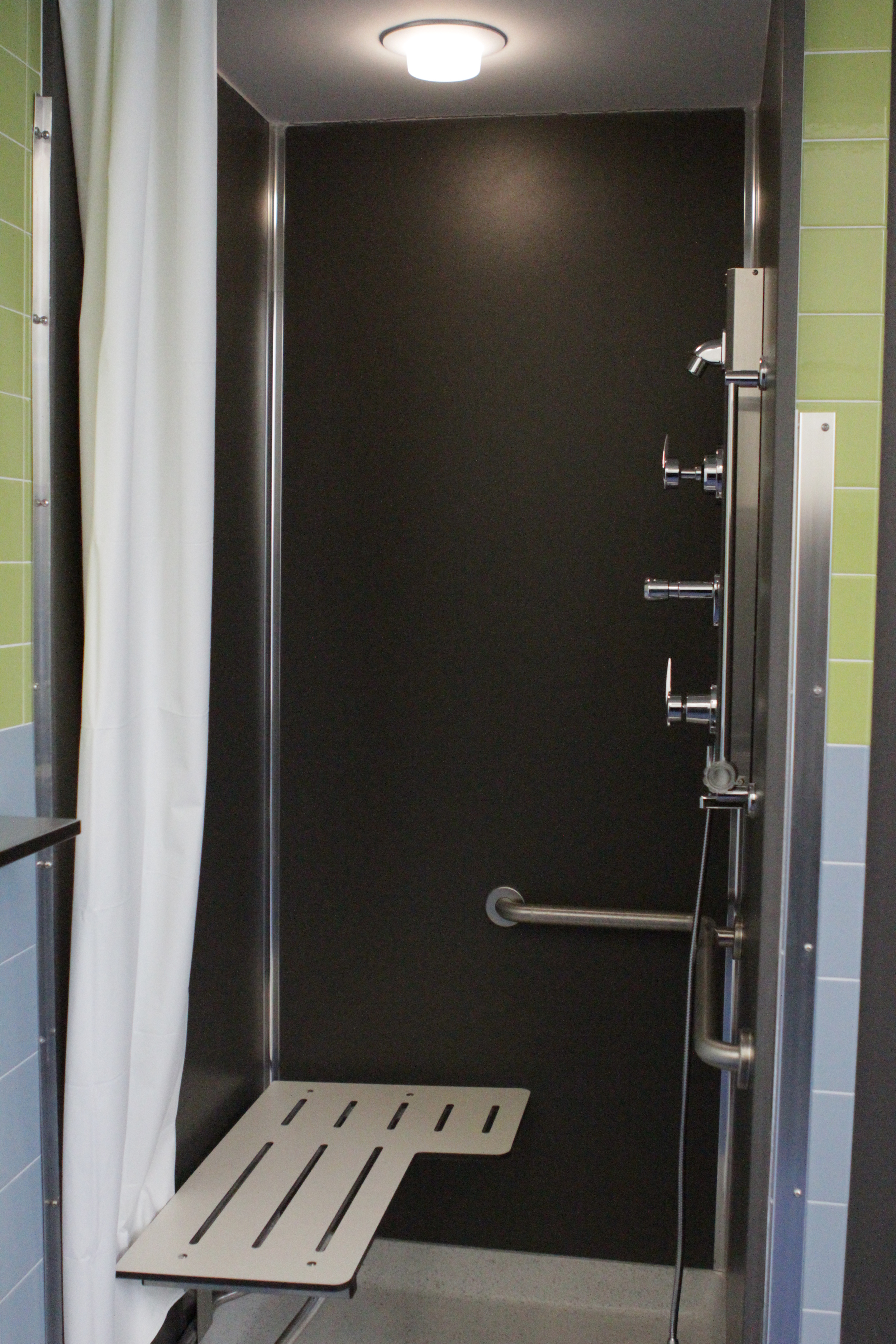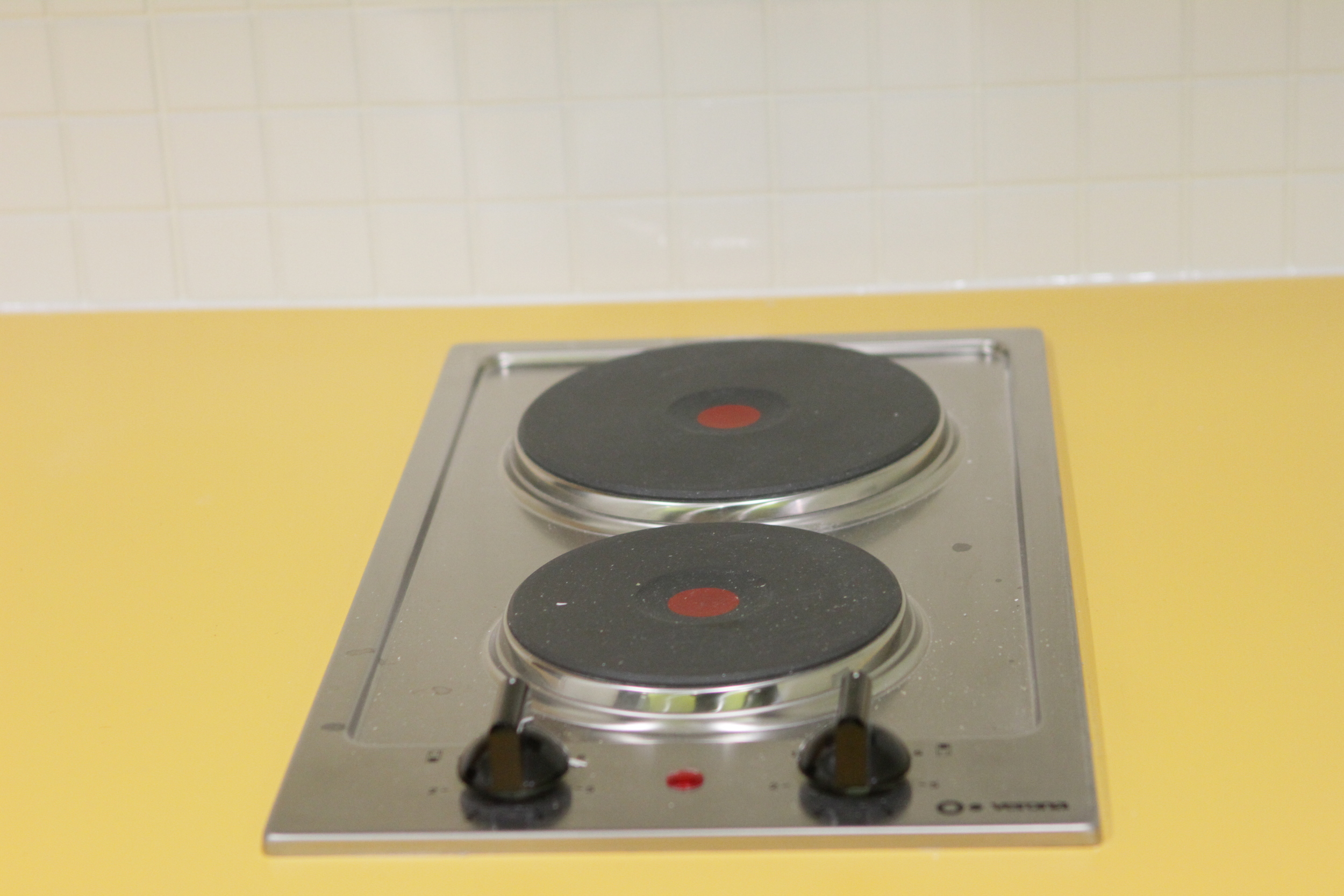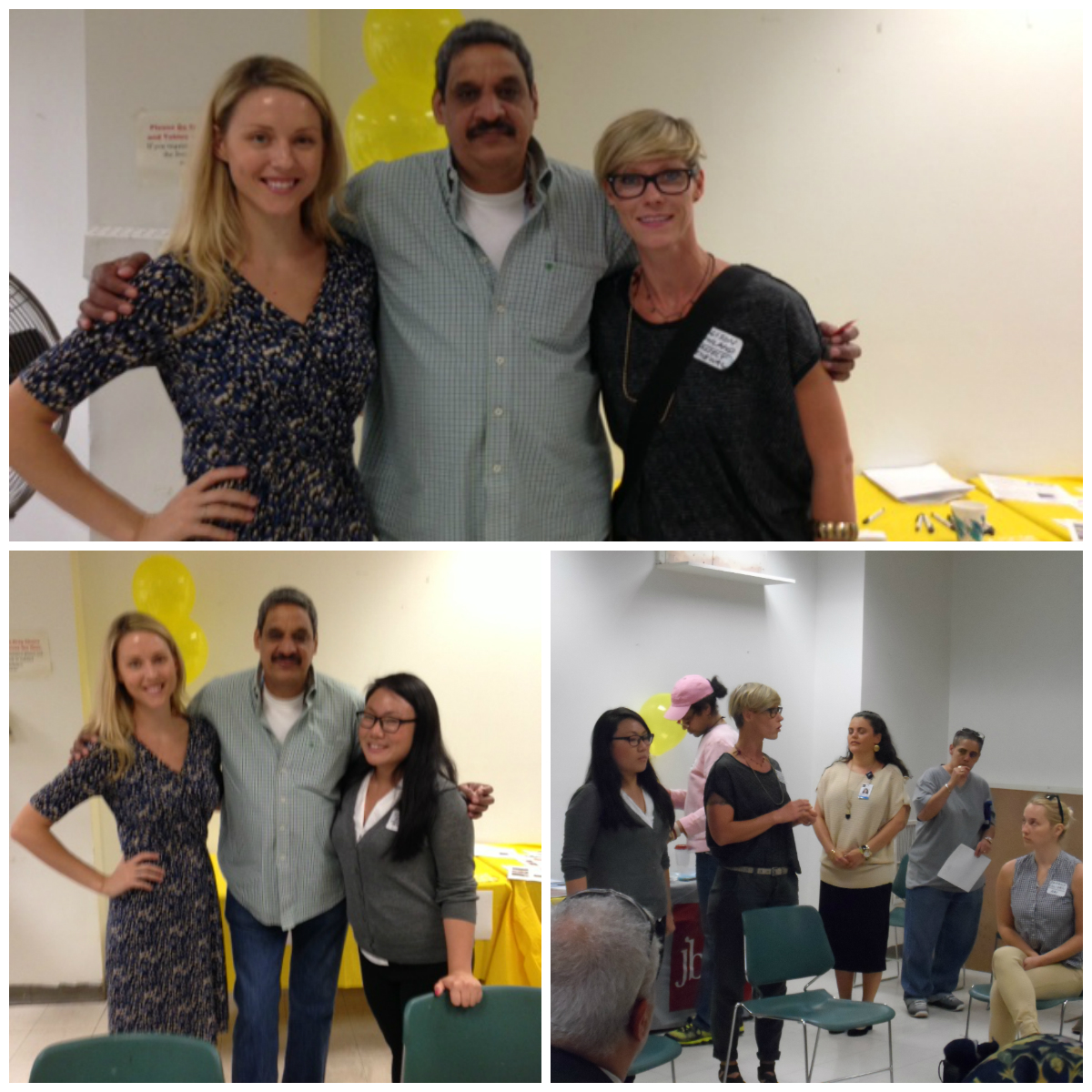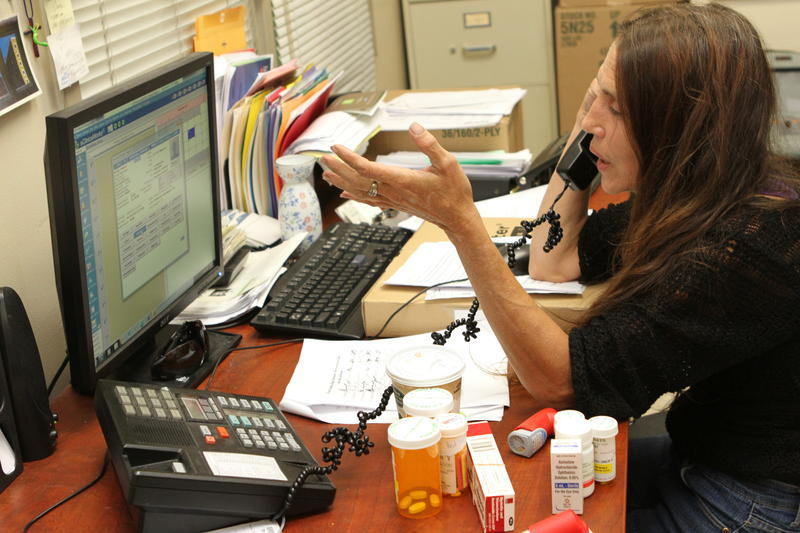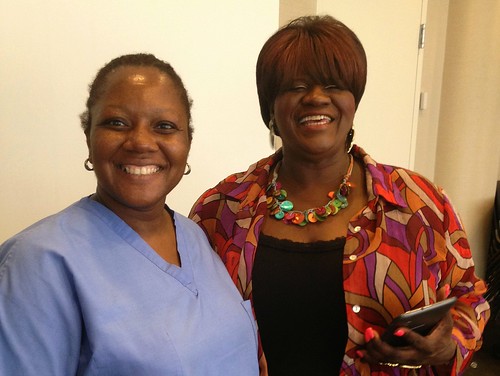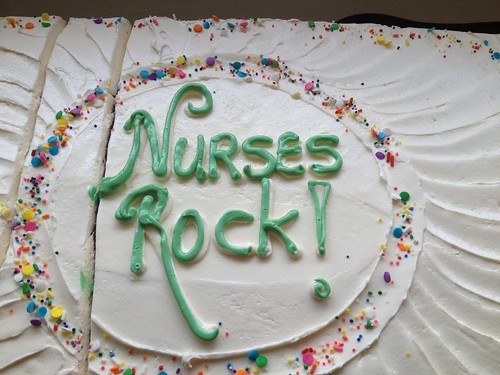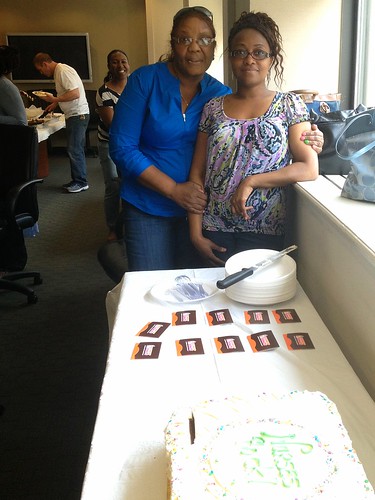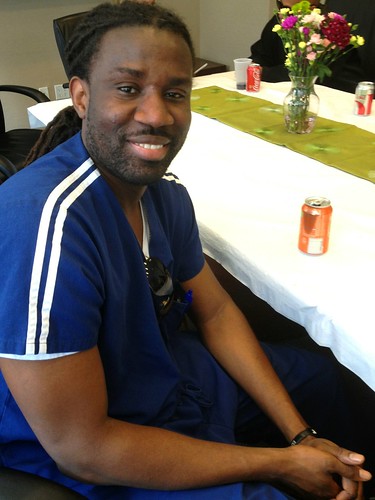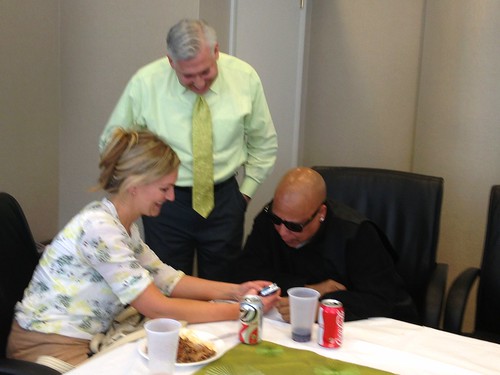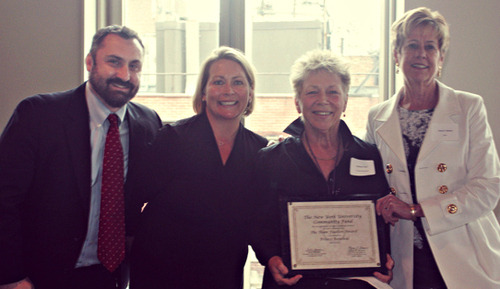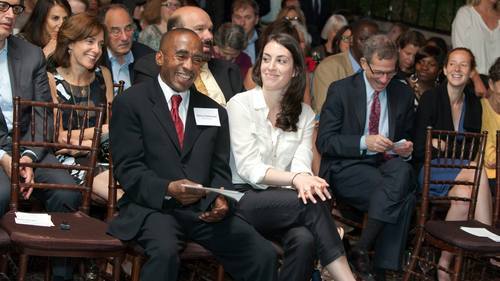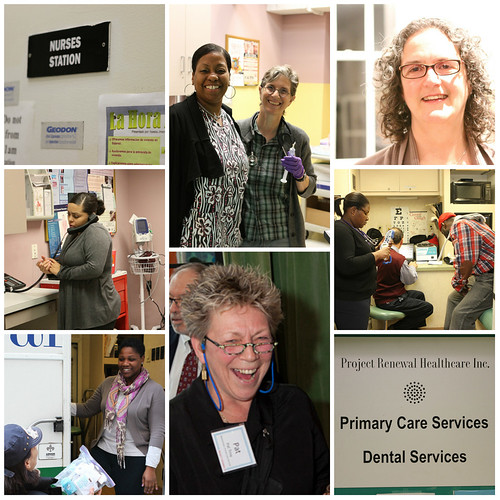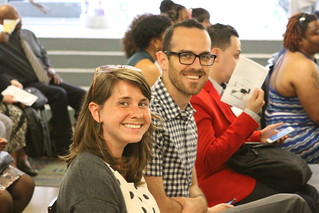Today she not only credits the treatment program she ultimately went through with saving her life, but with changing it as well. “I looked around me,” she recalls of the moment in recovery when it hit her, “and I said to myself, ‘This is what I want to do!’” It was a decision that would set her off, at the age of 55, on an entirely new career path. One that led her to East 3rd Street where, over the next dozen years, she would became one of the OPD’s most effective Intake Counselors--a post she held until her retirement in February.
Addiction treatment is just one part of an integrated chain of comprehensive services Project Renewal’s various facilities provide in order to restore the health, employability, sustainable income and permanent residence of each client. The first and crucial link in that chain is to fully engage new clients in an assessment of their needs as well as cultivate their participation in a service plan to address those needs. As Intake Counselor, this pivotal task fell, in part, upon Madeline Pedraza’s shoulders.
It’s a task that can at times prove elusive.
“Remember, these are at-risk people. Some of them are angry and hostile,” explains Recovery Center Director, Thomas Ciriolia. “Some don’t want to be here. They don’t think they need any treatment.”
But for Madeline, having been there herself, a little empathy goes a long way. “The way I look at it, every person is someone’s child. A lot of these guys didn’t have what I had growing up, and look what happened to me. You listen. Try to get them to relax. Let them know you understand. Nine times out of ten, I could get them to do the entire intake.”
“Madeline just seemed to have a knack with people. She was the face of OPD,” Cirolia declares. “She was totally sincere. No matter what mood someone walked in the door with, she could break down their defenses and make them feel that somebody truly cares about their wellbeing. When she announced her retirement I had mixed emotions.”
So too, her immediate supervisor, Avram Gleitsman, A musician at heart, he composed a song about Madeline and sang it to her during the retirement luncheon staff held in her honor. “Madeline was really appreciated by a lot of people. She had such a positive attitude, and a lot of respect among the clients. Her absence will be felt.”
As for Madeline herself, leaving Project Renewal tugs at her heartstrings as well. “I loved my job,” she exclaimed. “I saw it as a challenge. You just don’t give up. I figured if I could do it, they could do it. I loved planting that seed and watching it grow.”
